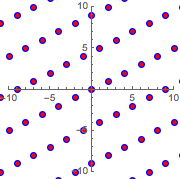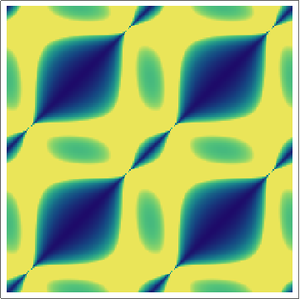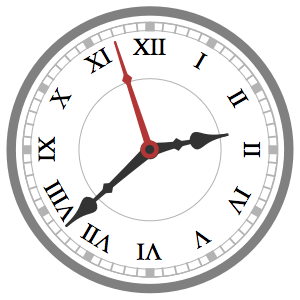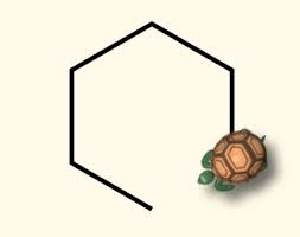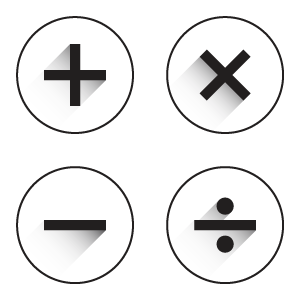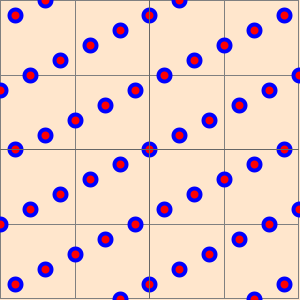Use the Smith Decomposition to Analyze a Lattice
Consider the lattice  generated by integer multiples of the vectors
generated by integer multiples of the vectors  and
and  .
.
In[1]:=
b1 = {3, -3};
b2 = {2, 1};In[2]:=
ptsb = Flatten[Table[j b1 + k b2, {j, -12, 12}, {k, -12, 12}], 1];In[3]:=
graphicsb =
Graphics[{Blue, PointSize[Large], Point@ptsb}, PlotRange -> 10,
Axes -> True]Out[3]=

Let  be the matrix whose rows are
be the matrix whose rows are  and
and  .
.
In[4]:=
m = {b1, b2};The Smith decomposition gives three matrices that satisfy the identity  .
.
In[5]:=
{u, r, v} = SmithDecomposition[m];In[6]:=
u.m.v == rOut[6]=
The matrices  and
and  have integer entries and determinant one.
have integer entries and determinant one.
In[7]:=
{u // MatrixForm, v // MatrixForm, Det[u], Det[v]}Out[7]=
The matrix  is integer and diagonal. From its entries it can be seen that the structure of the group
is integer and diagonal. From its entries it can be seen that the structure of the group  is
is  or simply
or simply  , as
, as  is the trivial group.
is the trivial group.
In[8]:=
r // MatrixFormOut[8]//MatrixForm=
Multiplying the identity  on the right by
on the right by  gives
gives  . Because
. Because  is integer and determinant
is integer and determinant  ,
,  generates the same lattice as
generates the same lattice as  but is simpler.
but is simpler.
In[9]:=
g = r.Inverse[v];
g // MatrixFormOut[9]//MatrixForm=
Visualize the lattice generated by the rows of  .
.
In[10]:=
ptsg = Flatten[
Table[j First[g] + k Last[g], {j, -12, 12}, {k, -12, 12}], 1];In[11]:=
graphicsg =
Graphics[{Red, PointSize[Medium], Point@ptsg}, PlotRange -> 10,
Axes -> True]Out[11]=

Superimposing the new lattice on the original confirms that they are the same.
In[12]:=
Show[{graphicsb, graphicsg}]Out[12]=
